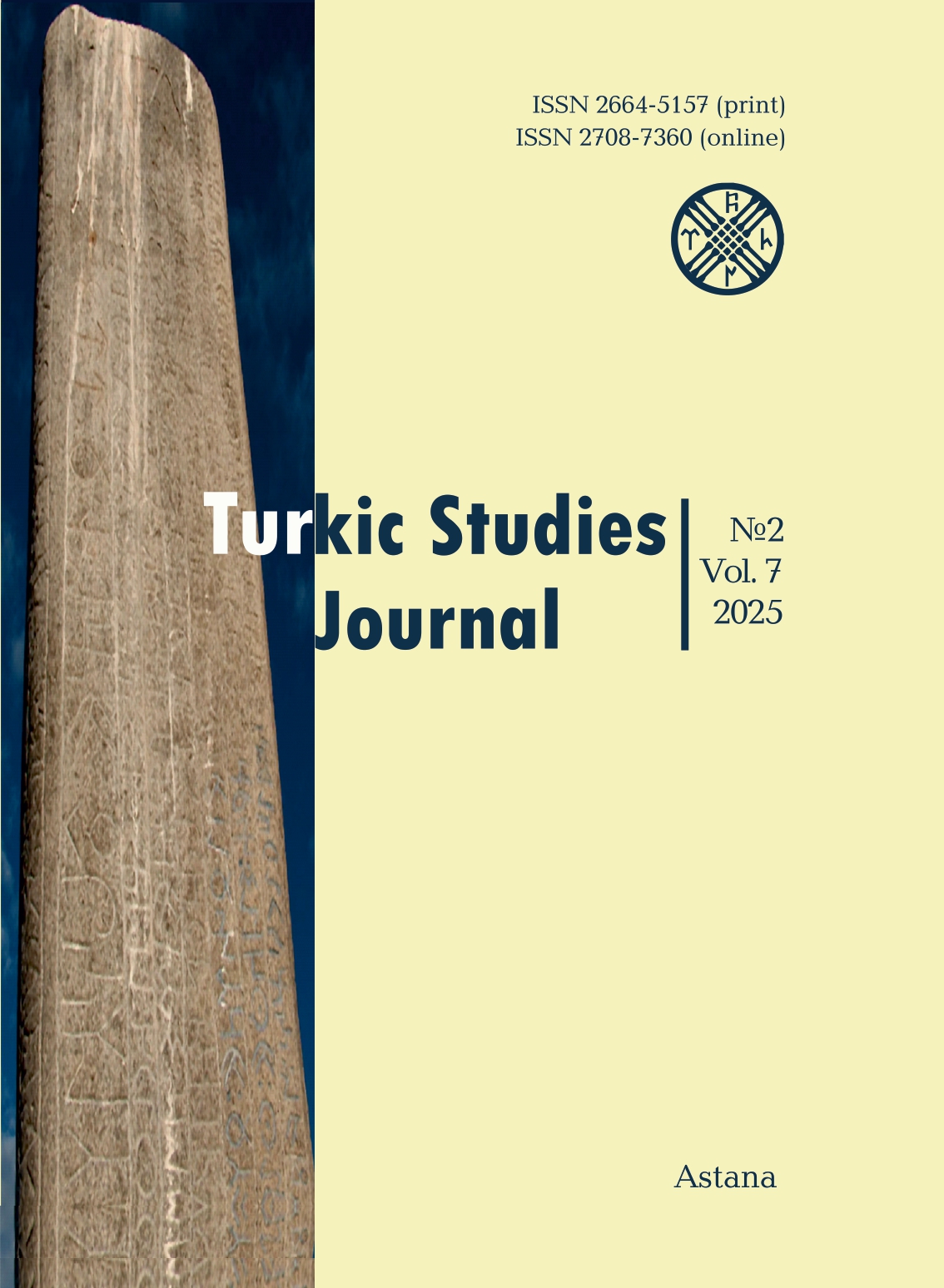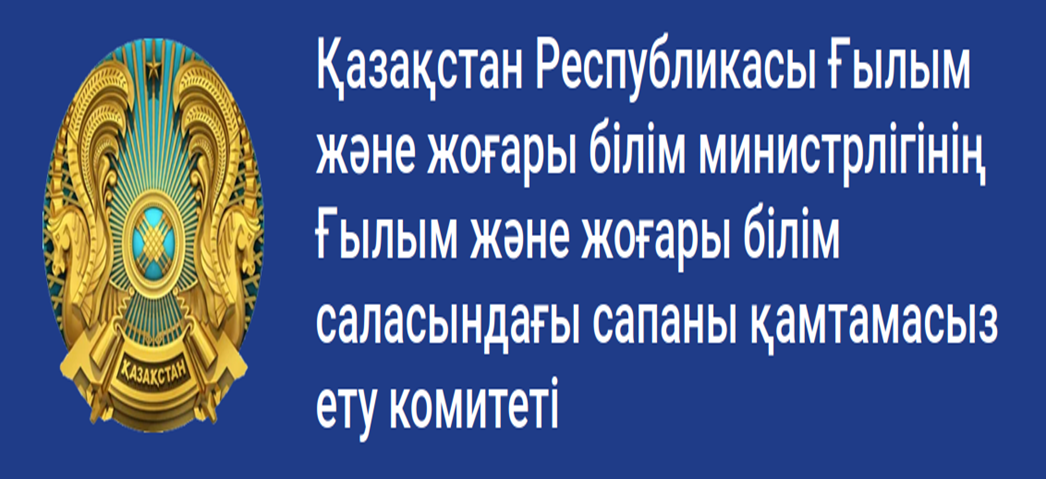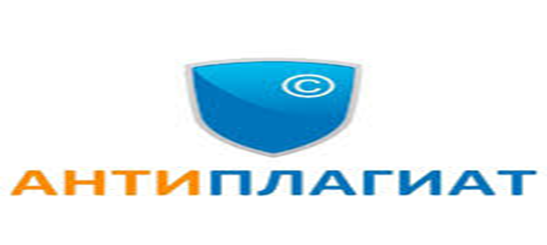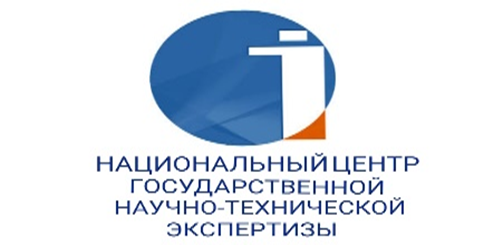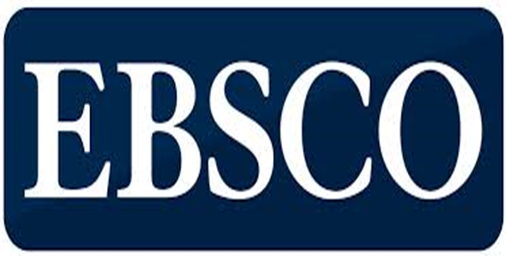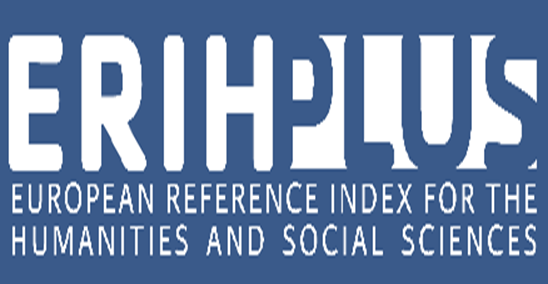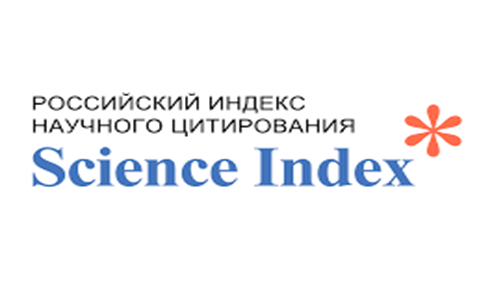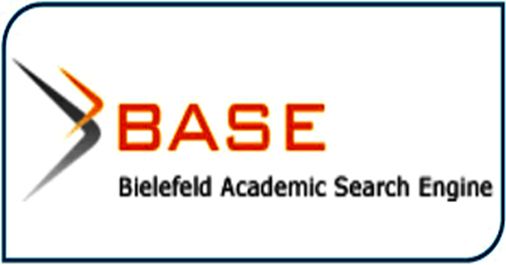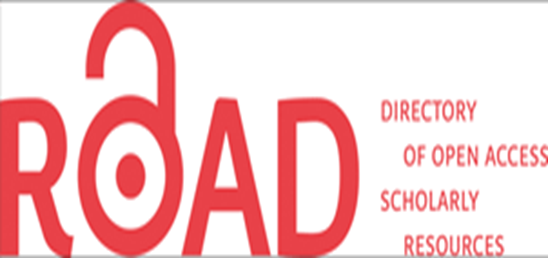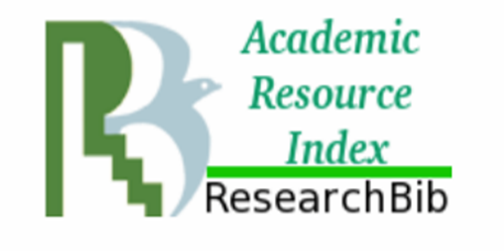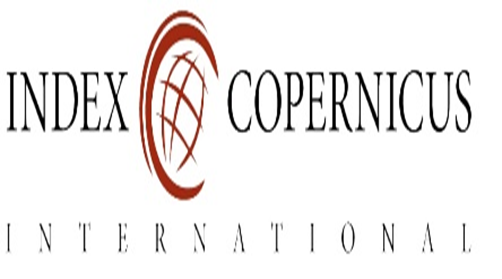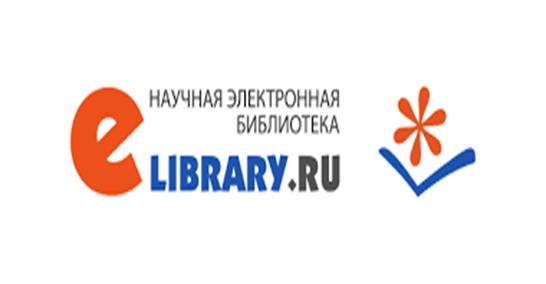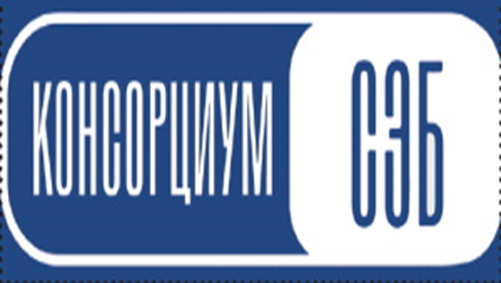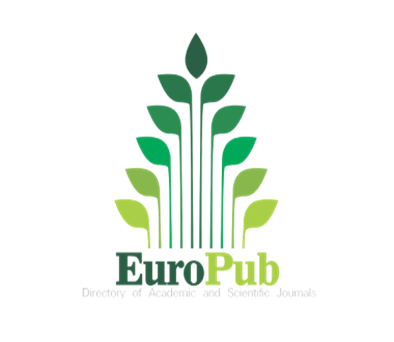The Evolutionary Process of Root Morphemes into Relic Morphemes in the Kazakh Language
Views: 287 / PDF downloads: 179
DOI:
https://doi.org/10.32523/2664-5157-2025-2-148-166Keywords:
relic root morpheme, synchronic level, diachronic depth, word destruction, linguistic sign, semantic impact, word-formation analysis, wordformation pattern, elementary units of word formation, evolution.Abstract
The article is devoted to the study of the diachronic development of full-fledged root morphemes into relic root morphemes (RRMs) within the word-formation system of the Turkic languages, using the Kazakh language as a representative example. A relict root morpheme (RRM) is a residual morphemic unit identifiable through synchronic wordformation analysis, which functions as a linguistic sign. The semantics of an RRM in a compound word is determined by the presence of a fullroot morpheme as one of its components, whereas in a derived word, the meaning is maintained through the use of productive affixes. A key theoretical framework for analyzing the process includes the concepts of synchrony and diachrony as introduced by F. de Saussure and further developed by N.D. Andreev, who emphasized the systematic nature of diachrony as a sequence of interconnected synchronies.
These theoretical principles serve as the foundation for analyzing root morphemes containing RRMs in the Kazakh language. The analysis draws on historical data from Turkic linguistics, including both scholarly and lexicographic sources, to uncover deep word-formation processes from a diachronic perspective. Language evolution in word formation is understood as a natural transformation of individual words, word groups, or syntactic constructions resulting from communicative and cognitive human activity. Such transformations lead to quantitative and structural changes through phonological and morphological processes, resulting in shifts across the linear hierarchy of linguistic units, including root morphemes, derived and compound words, word combinations, and sentences. These linear transformations may also occur in reverse, via lexical attrition and the breakdown of complex structures, ultimately producing RRMs. This reverse evolution from syntactic constructions to compound words, compound words with RRMs, root morphemes, root morphemes with RRMs, and finally to simple root words.
The novelty of the research lies in its first comprehensive analysis of RRMs in the Kazakh language, tracing their development through the diachronic depths of the Proto-Turkic and Old Turkic periods. The study aims to confirm the hypothesis that despite internal structural changes, complex and derived words containing RRMs continue to preserve and perform the nominative function that as core linguistic signs.
Downloads
Reference
Akhanov K., 1972. Fundamentals of Grammar Theory: Work Book for Students of Philological Faculties of Universities. Almaty: Mektep. 216 p.
Andreyev N.D., 1960. Polychrony and tautochrony. The Matter of Correspondence Between Synchronic Analysis and Historic Study of Language. Moscow. P. 52-55.
Arutyunova N.D., 1961. Sketch Book on Spanish Language Word-Building. Moscow: Publishing House of USSR Academy of Sciences. 150 p.
Balakayev M.B., Yessenov K.M., Zhanpeisov E.N., Oralbayeva N.O., 1989. The System of Word Formation of the Modern Kazakh Language. Almaty.
Baskakov N.A., 1969. Introduction to Study of Turkic Languages. Moscow: High School. 331p.
Baskakov N.A., 1978. Language of the Uigurs Adjacent to Issyk Kul. Alma-Ata: Science. 49 p.
Baudouin de Courtenay I.A., 1963. Selecta on General Linguistics. Moscow: Publishing House of USSR Academy of Sciences. (Vol. 1). 386 p.
Benveniste E., 1974. Syntactic Basics of Nominal Addition. General Linguistics. Moscow: Progress. P. 241-256.
Bertagayev T.A., 1969. Morphological Structure of Words in Mongolian Languages. Moscow: Science. 184 p.
Buck C.D., 1971. A dictionary of selected synonyms in the principal Indo-European languages. Chikago: University of Chicago Press. 395 p.
Buketova N.I., 1991. Relic Phenomena in the Word-Building of the Modern German Language. Alma-Ata: Rauan. 208 p.
Buketova N.I., 2018. Relic Root Morpheme As a Linguistic Universal. Karaganda: Limited Liability Company Tengri LtD. 292 p.
Buketovа N., Аratayevа A., Turkenovа S., Аmrenovа А., 2023. Relic root morphemes of Kazakh language among linguistic universals. Turkic Studies Journal. 4 (Vol. 5). 2023. P. 99-114.
Clauson G., 1972. An Etymological Dictionary of Pre-Thirteenth Century Turkish. Oxford: Oxford University. 1034 p.
Clauson G., 1962. Turkish and Mongolian studies. London. 135 p.
Coseriu E., 1974. Synchrony, Diachrony and History. The Problem of Language Change. Munich: Fink. 250 p.
Foucault M., 1994. Words and Things. Saint Petersburg: A-cad. 408 p.
Gak V.G., 1976. The Matter of Semantic Relations Dialectic in Language. Principles and Methods of Semantic Researches. Moscow: Science. P. 73-92.
Kaidarov A.T., 1986. The Structure of Roots and Stems of One Syllable in Kazakh Language. Alma-Ata: Publishing House “Science” of Kazakh SSR. 322 p.
Kazhibekov E.Z., 1986. Verbal-Nominal Correlation of Homogeneous Roots in Turkic Languages (Phenomenon of Syncretism). Alma-Ata: Science. 271 p.
Khydyrov M.N., 1967. Some Consistent Patterns in Evolutionary Development of WordBuilding Models (Based on Material of Turkmen Language). Problems of Linguistics. Moscow. P. 274-280.
Klimov G.A., 1967. Synchrony – Diachrony and Statics – Dynamics. Problems of Linguistics. Moscow. P. 31.
Kubryakova E.S., 1965. What Word-Building Is. Moscow: Science. 78 p.
Kubryakova E.S., 1966. The Matter of Study of Typological Specifics of Language in the
Sphere of Word-Building. Structural-Typological Description of Modern German Languages. Moscow: Science. P. 74.
Kubryakova E.S., 1974. Fundamentals of Morphological Analysis. Moscow: Science. 319 p.
Lessing F.D., 1960. Mongolian-English dictionary. Berkeley; Los -Angeles: University of
California Press. 1236 p.
Mankeyeva Zh.A., 1991. Reconstruction of Primary Roots of Verbal Stems in Kazakh Language. Alma-Ata: Gylym. 152 p
Nadzhip E.N., 1989. Research of Turkic Languages History of XI-XIV Centuries. Moscow: Science. 291 p.
Old Turkic Dictionary, 1969. Leningrad: Publishing House “Science”. 677 p.
Oralbayeva N., Kalybayeva A., Yessenov Kh. and others., 1989. Word-formation System of
Modern Kazakh Language. Editorial board: Oralbayeva N.O. (lead editor) and others. AlmaAta: Association “Knowledge” of KazSSR. 367 p.
Paul H., 1920. Linguistic History Principles. 5th ed. Halle. 396 p.
Paul H., 1957. German Grammar. Vol. V. Word Formation Theory. Halle/Saale: Max Niemeyer Verlag. 323 p.
Pisani V., 1956. Etymology: History – Problems – Method. Moscow: Foreign Literature. 188 p.
Pokorny J., 1959. Indo-Germanic Etymology Dictionary. Berne and Munich: A. Francke. 1183 p.
Ramstedt G.J., 1935. Kalmyck Dictionary. Helsinki. 560 p.
Ramstedt G.J., 1957. Introduction to Altaic Linguistics. Morphology. Moscow: Foreign Literature Publisher. 255 p.
Saussure F. de., 1977. Works on Linguistics. Moscow: Progress. 696 p.
Sevortyan E.V., 1974. Etymology Dictionary of Turkic Languages. Moscow: Publishing House “Science”. 349 p.
Shaimerdinova N.G., 2022. Root Morpheme in Old Turkic Language. Turkic Studies Journal. 1 (T. 4). P. 95-108.
Starostin S.A., Dybo A.V., Mudrak O.A., 2003. An Etymological Dictionary of AltaicLanguages. Leiden. 1556 p.
Vambery H., 1878. Etymology Dictionary of Turkic and Tatar Languages. Leipzig: F.A.Brockhaus. 228 s.
Zhubanov K., 1966. Researches on Kazakh Language. Almaty: Science. 306 p.
REFERENCE
Akhanov K., 1972. Gramatika teoriasynyñ negızderı: ZhOO fil. fak. studentterıne arnalğan oqu qūraly. [Fundamentals of Grammar Theory: Work Book for Students of Philological Faculties of Universities]. Almaty: Mektep. 216 p. [in Kazakh].
Andreev N.D., 1960. Polikhroniia i tautokhroniia [Polychrony and tautochrony], O sootnoshenii sinkhronnogo analiza i istoricheskogo izucheniia iazyka [The Matter of Correspondence Between Synchronic Analysis and Historic Study of Language] (Moskva. P. 52–55). [in Russian].
Arutiunova N.D., 1961. Ocherki po slovoobrazovaniiu sovremennogo ispanskogo iazyka. [Sketch Book on Spanish Language Word-Building]. M.: Izd-vo AN SSSR. 150 p. [in Russian].
Balakaev M.B., Esenov K.M., Janpeıisov E.N., Oralbaeva N.O. Qazaq tili sózjasam júıesi. [Word formation system of the Kazakh Language]. Almaty, 1989. [in Kazakh].
Baskakov N.A., 1969. Vvedenie v izuchenie tiurkskikh iazykov. [Introduction to Study of Turkic Languages]. M.: Vysshaia shkola. 331 p. [in Russian].
Baskakov N.A., 1978. Iazyk priissykkulskikh uigurov. [Language of the Uigurs Adjacent to Issyk Kul]. Alma-Ata: Nauka. 49 p. [in Russian].
Boduen de Kurtene I.A., 1963. Izbrannye trudy po obshchemu iazykoznaniiu. [Selecta on General Linguistics]. M.: Izdatelstvo Akademii Nauk SSSR. Tom I. 386 p. [in Russian].
Benvenist E., 1974. Sintaksicheskie osnovy imennogo slozheniia [Syntactic Basics of Nominal Addition], Obshchaia lingvistika [General Linguistics]. Progress. Moskva. P. 241-256). [in Russian].
Bertagaev T.A., 1969. Morfologicheskaia struktura slova v mongolskikh iazykakh. [Morphological Structure of Words in Mongolian Languages]. M: Nauka. 184 p. [in Russian].
Buck C.D., 1971. A Dictionary of Selected Synonyms in the Principal Indo-European Languages. Chikago: University of Chicago Press. 395 p. [in English].
Buketova N.I., 1991. Reliktovye iavleniia v slovoobrazovanii sovremennogo nemetskogo iazyka. [Relic Phenomena in the Word-Building of the Modern German Language]. Alma-Ata: Rauan. 208 p. [in Russian].
Buketova N.I., 2018. Reliktovaia kornevaia morfema kak iazykovaia universaliia. [Relic Root Morpheme as a Linguistic Universal]. Karaganda: TOO Tengri LtD. 292 p. [in Russian].
Buketova N., Arataeva A., Turkenova S., Amrenova A., 2023. Reliktovye kornevye morfemy kazakhskogo iazyka v riadu universalii [Relic root morphemes of Kazakh language among linguistic universals], Turkic Studies Journal, 4 (Vol. 5), P. 99-114. [in Russian].
Clauson G., 1972. An Etymological Dictionary of Pre-Thirteenth Century Turkish. Oxford: Oxford University. 1034 p. [in English].
Clauson G., 1962. Turkish and Mongolian studies. London. 135 p. [in English].
Coseriu E., 1974. Synchroniе, Diachronie und Geschichte. Das Problem des Spiachwandels. [Synchrony, Diachrony and History. The Problem of Language Change]. Munchen: Fink. 250 p. [in German].
Fuko M., 1994. Slova i veshchi. [Words and Things]. Sankt-Peterburg: A-cad. 408 p. [in Russian].
Gak V.G., 1976. K dialektike semanticheskikh otnoshenii v iazyke [The Matter of Semantic Relations Dialectic in Language], Printsipy i metody semanticheskikh issledovanii [Principles and Methods of Semantic Researches]. Nauka. Moskva. P. 73-92. [in Russian].
Kaidarov A.T., 1986. Struktura odnoslozhnykh kornei i osnov v kazakhskom iazyke. [The Structure of Roots and Stems of One Syllable in Kazakh Language]. Alma-Ata: Izd-vo «Nauka» Kazakhskoi SSR. 322 p. [in Russian].
Kazhibekov E.Z., 1986. Glagolno-imennaia korreliatsiia gomogennykh kornei v tiurkskikh iazykakh (iavlenie sinkretizma): Red: A.T. Kaidarov. [Verbal-Nominal Correlation of Homogeneous Roots in Turkic Languages (Phenomenon of Syncretism): Ed. A.T. Kaidarov]. Alma-Ata: Nauka, 271 p. [in Russian].
Khydyrov M.N., 1967. Nekotorye zakonomernosti evoliutsionnogo razvitiia slovoobrazovatelnykh modelei (na materiale turkmenskogo iazyka) [Some Consistent Patterns in Evolutionary Development of Word-Building Models (Based on Material of Turkmen Language)], Problemy iazykoznaniia [Problems of Linguistics]. Moskva. P. 274-280). [in Russian].
Klimov G.A., 1967. Sinkhroniia – diakhroniia i statika – dinamika [Synchrony – Diachrony and Statics – Dynamics], Problemy iazykoznaniia [Problems of Linguistics]. Moskva. P. 31. [in Russian].
Kubriakova E.S., 1965. Chto takoe slovoobrazovanie. [What is Word-Building]. M.: Nauka. 78 p. [in Russian].
Kubriakova E.S., 1966. O putiakh izucheniia tipologicheskikh osobennostei iazyka v oblasti slovoobrazovaniia [The Matter of Study of Typological Specifics of Language in the Sphere of Word-Building], Strukturno-tipologicheskoe opisanie sovremennykh germanskikh iazykov [Structural-Typological Description of Modern German Languages]. Nauka. Moskva. P. 74. [in Russian].
Kubriakova E.S., 1974. Osnovy morfologicheskogo analiza. [Fundamentals of Morphological Analysis]. M.: Nauka. 319 p. [in Russian].
Lessing F.D., 1960. Mongolian-English dictionary. Berkeley; Los-Angeles: University of California Press. 1236 p. [in English].
Mankeeva Zh.A., 1991. Rekonstruktsiia pervichnykh kornei glagolnykh osnov kazakhskogo iazyka. [Reconstruction of Primary Roots of Verbal Stems in Kazakh Language]. Alma-Ata: Gylym. 152 p. [in Russian].
Nadzhip E.N., 1989. Issledovaniia po istorii tiurkskikh iazykov XI-XIV vv. [Research of Turkic Languages History of XI-XIV Centuries]. M.: Nauka. 291 p. [in Russian].
Drevnetiurkskii slovar, 1969. [Old Turkic Dictionary]. Izd-vo «Nauka». Leningrad 677 p. [in Russian].
Oralbaeva N., Kalybaeva A., Esenov X. i dr. Sistema slovoobrazovaniia sovremennogo kazakhskogo iazyka., 1989. [Word-formation System of Modern Kazakh Language], Redkol.: N.O. Oralbaeva (gl. red.) i dr. [Editorial board: N.O. Oralbayeva (lead editor) and others]. Alma-Ata. O-vo «Znanie» KazSSR. 367 p. [in Russian].
Paul H., 1920. Prinzipien der Sprachgeschichte. 5 Auflage. [Linguistic History Principles. 5th ed.]. Halle. 396 p. [in German].
Paul H., 1957. Deutsche Grammatik. Bd. V. Wortbildungslehre. Halle/Saale: Max Niemeyer Verlag. 323 p. [in German].
Pizani V., 1956. Etimologiia: Istoriia – problemy – metod. [Etymology: History – Problems – Method]. M.: Inostrannaia literatura. 188 p. [in Russian].
Pokorny J., 1959. Indogermanisches etymologisches Wörterbuch. [Indo-Germanic Etymology Dictionary]. Bern und München: A. Francke. 1183 p. [in German].
Ramstedt G.J., 1935. Kalmukisches Worterbuch. [Kalmyck Dictionary]. Helsinki. 560 p. [in German].
Ramstedt G.I., 1957. Vvedenie v altaiskoe iazykoznanie. Morfologiia. [Introduction to Altaic Linguistics. Morphology]. M.: Izd-vo inostr. lit. 255 p. [in Russian].
Sossiur F. de., 1977. Trudy po iazykoznaniiu. [Works on Linguistics]. Moskva: Progress. 696 p. [in Russian].
Sevortian E.V., 1974. Etimologicheskii slovar tiurkskikh iazykov. [Etymology Dictionary of Turkic Languages]. Moskva: Izd-vo «Nauka». 349 p. [in Russian].
Shaimerdinova N.G., 2022. Kornevaia morfema v drevnetiurkskom iazyke [Root Morpheme in Old Turkic Language], Turkic Studies Journal, 1 (T. 4), P. 95-108. [in Russian].
Starostin S.A., Dybo A.V., Mudrak O.A., 2003. An Etymological Dictionary of Altaic Languages. Leiden. 1556 p. [in English].
Vambery H., 1878. Etymologisches Worterbuch der Turkotatarischen Sprachen. [Etymology Dictionary of Turkic and Tatar Languages]. Leipzig: F.A. Brockhaus. 228 p. [in German].
Yunusaliev M.B., 1959. Kirgizskaya leksikologiya. [Kirghiz Lexicology]. Frunze. CH. 1. Razvitie kornevyh slov. 248 p. [in Russian].
Zhubanov K., 1966. Qazaq tılı jönındegı zertteuler. [Researches on Kazakh Language]. Almaty: Ğylym. 306 p. [in Kazakh].
Downloads
Published
How to Cite
Issue
Section
License
Copyright (c) 2025 Turkic Studies Journal

This work is licensed under a Creative Commons Attribution-NonCommercial 4.0 International License.

